California conjures images of golden beaches, Hollywood glamour, and Silicon Valley innovation. Yet beyond these familiar postcards lies another California—a landscape dotted with peculiar small towns where eccentricity thrives, history takes unexpected turns, and natural wonders create otherworldly backdrops for daily life.
These lesser-known communities challenge conventional perceptions of the Golden State. Here is a list of 20 small California towns that offer experiences you won’t find in any typical travel brochure.
Bolinas
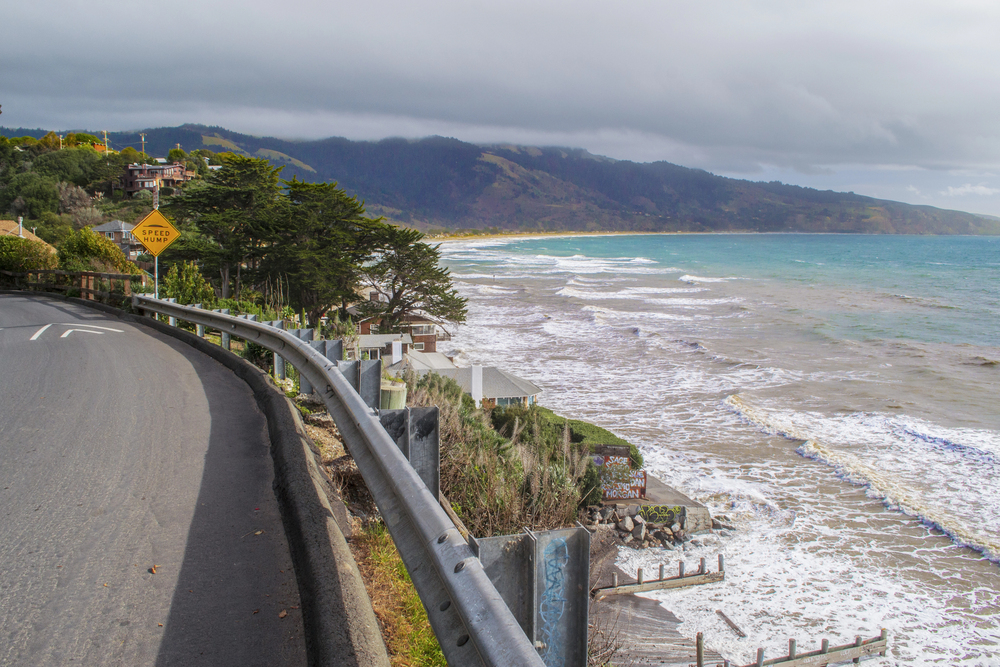
This fiercely independent coastal community routinely removes road signs directing visitors to the town. Locals have fought to maintain their isolation despite their proximity to San Francisco, creating an artistic haven where community decisions happen at the bar.
Residents include notable writers and musicians seeking refuge from mainstream culture. The town’s unusual zoning restrictions and limited water meters prevent development, preserving both its character and spectacular natural setting.
Ferndale
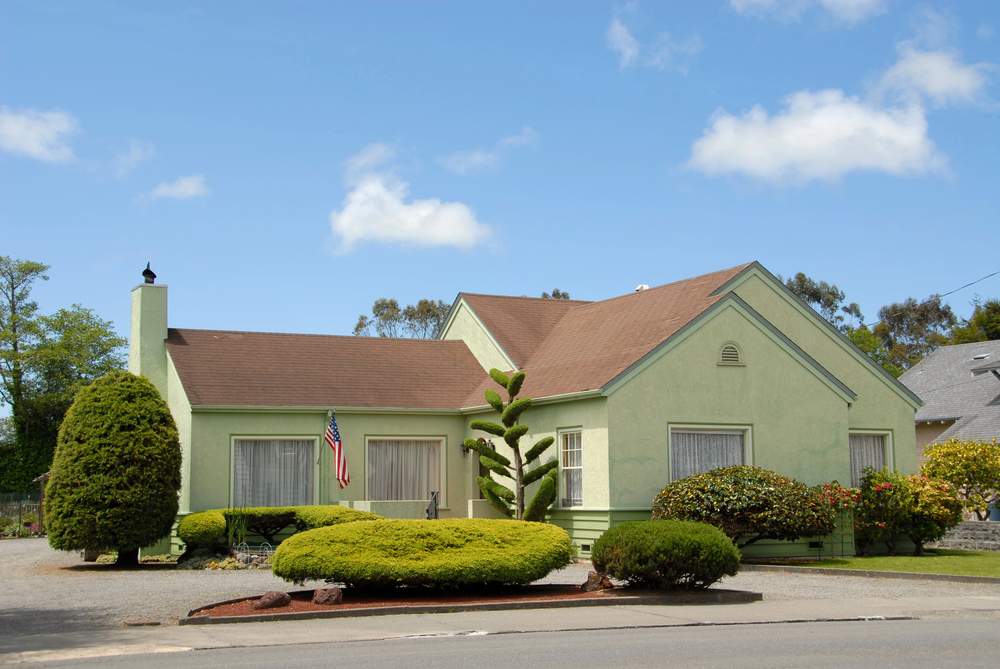
Victorian elegance meets dairy farming in this perfectly preserved village near Eureka. The ornate buildings—funded by 19th-century dairy wealth and known collectively as “Butterfat Palaces”—create a surreal backdrop for a working agricultural community.
The town embraces its quirkiness with events like the annual Kinetic Grand Championship, where human-powered art sculptures race over 50 miles of varied terrain, including beaches, roads, and Humboldt Bay.
Like Travel Pug’s content? Follow us on MSN.
Locke
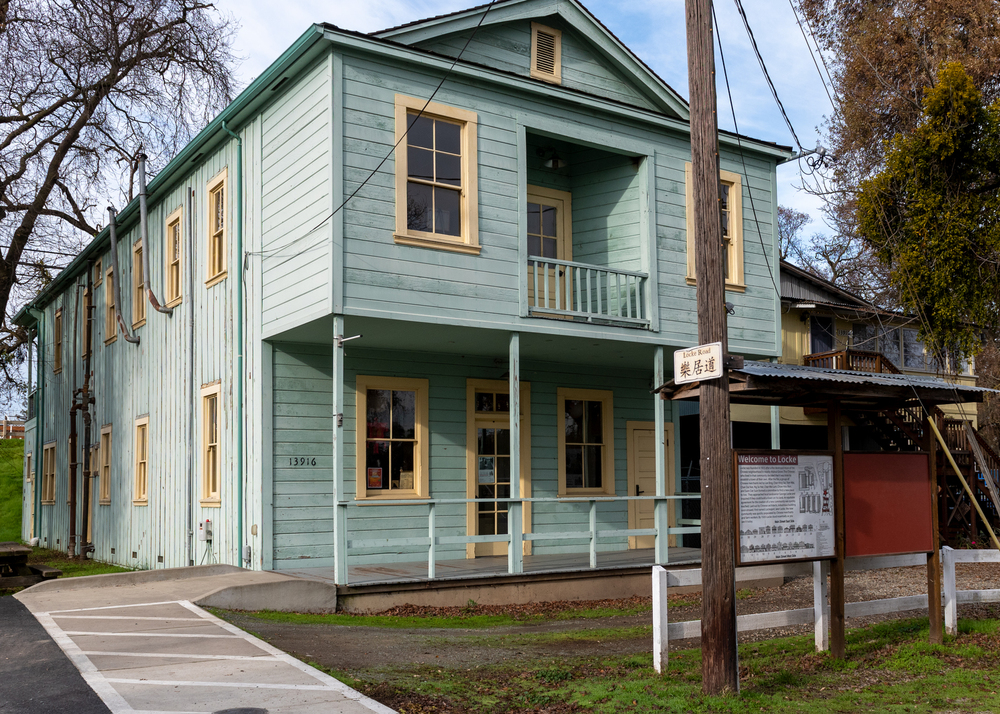
The only town in America built exclusively by Chinese for Chinese still stands in the Sacramento Delta. Founded in 1915 after a fire destroyed the Chinese section of nearby Walnut Grove, Locke represents a unique chapter in American immigration history.
The wooden buildings along Main Street lean at precarious angles while housing family associations, a historic gambling hall, and a tiny museum documenting the Chinese agricultural workers who helped shape this unlikely Delta community.
Bombay Beach
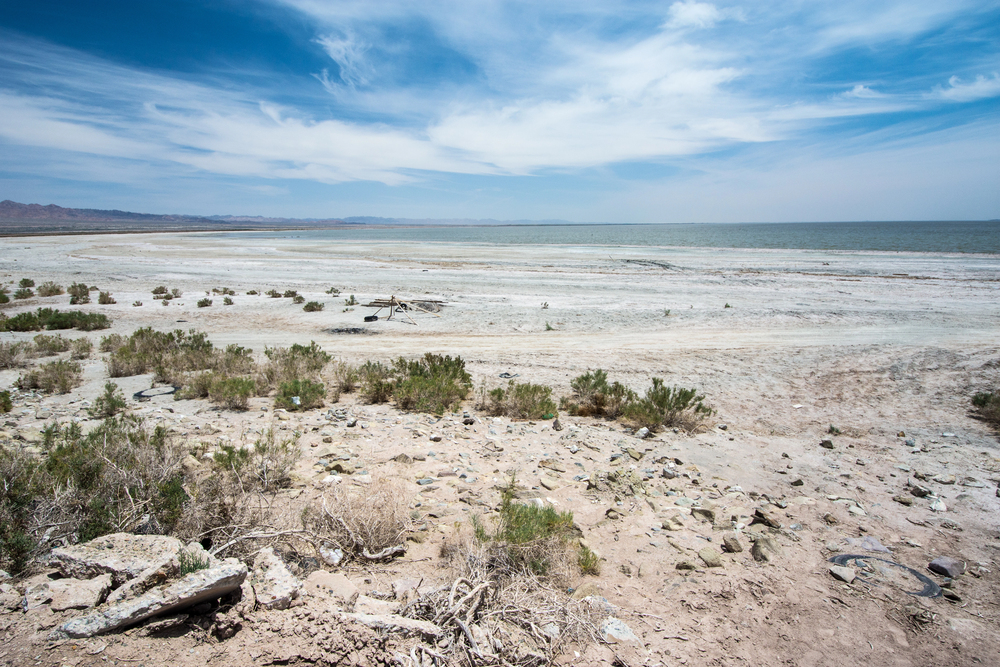
The apocalypse already happened at Bombay Beach, where abandoned trailers and sun-bleached debris mark what was once a thriving Salton Sea resort. This surreal community has transformed decline into an artistic renaissance, with installations scattered among ruins and an annual Biennale attracting international artists.
Residents embrace the end-times aesthetic, creating homes from found materials while facing the harsh reality of living beside a shrinking, increasingly toxic lake.
Harmony

Population 18 (officially) makes this former dairy town California’s smallest incorporated community. The town consists primarily of a restored creamery building housing artisan shops, an old post office, and a wedding chapel popular for elopements.
Harmony’s name originated from a truce called between warring dairy farmers in the early 1900s, and the town maintains that peaceful spirit despite occasional ownership changes that threaten its quirky character.
Like Travel Pug’s content? Follow us on MSN.
Randsburg
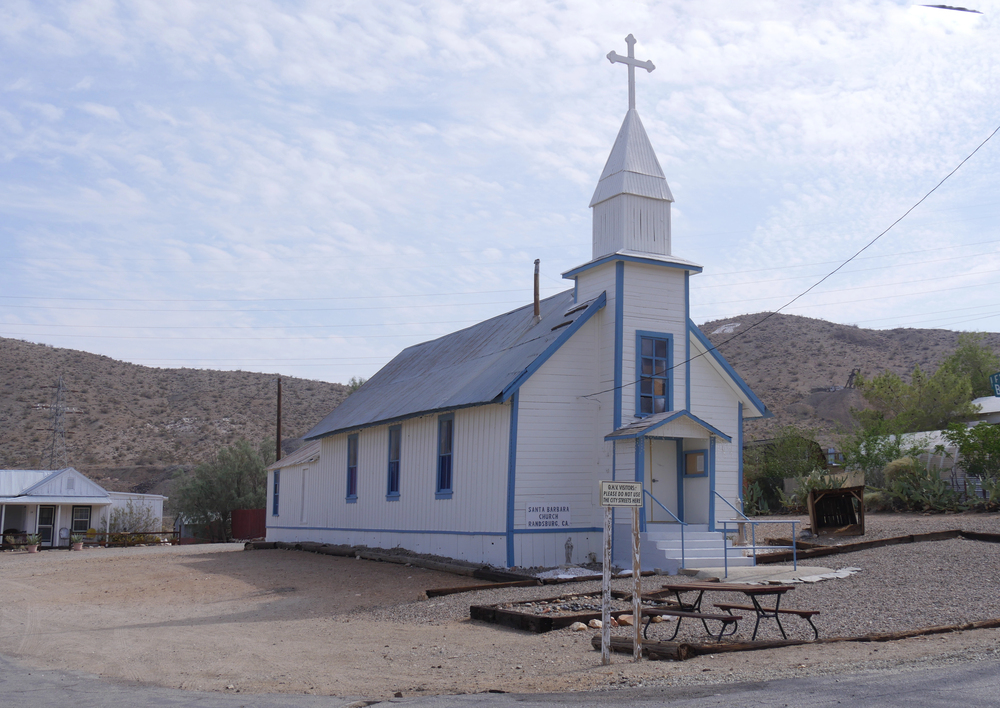
A living ghost town in the Mojave Desert where operational mining equipment sits alongside abandoned structures from the 1890s gold rush. About 50 year-round residents maintain the authentic Wild West atmosphere, with dirt roads connecting historic buildings now housing antique shops.
The historic general store serves ice cream from an original 1904 soda fountain. Visitors might spot desert tortoises crossing the road or encounter locals panning for gold using traditional methods.
Guerneville
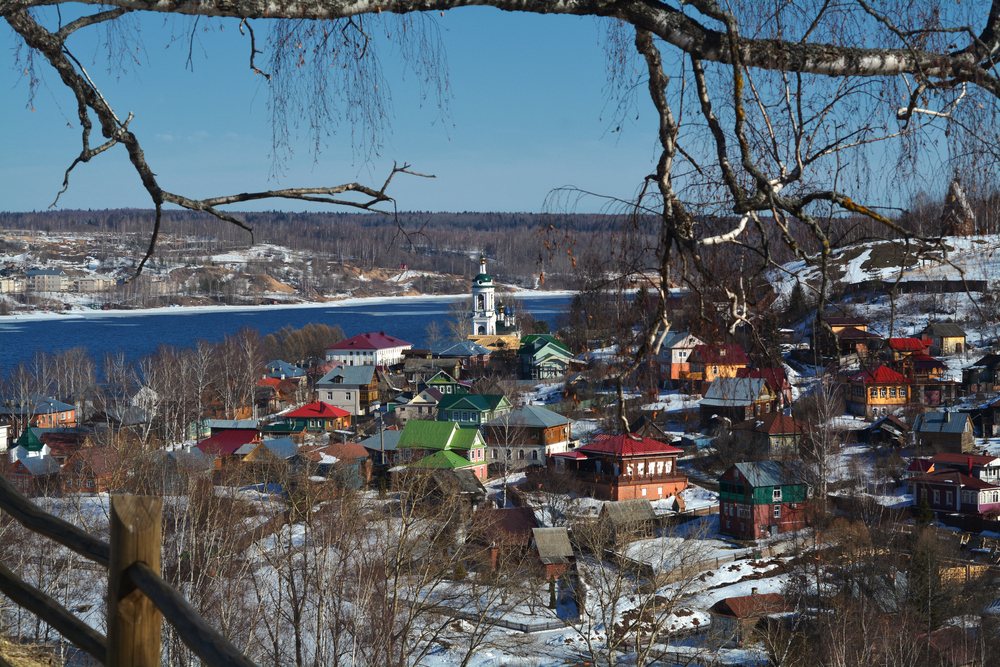
This Russian River town transforms from a quiet woodland retreat to a vibrant LGBTQ+ vacation destination, depending on the season. Ancient redwoods tower over eclectic architecture ranging from century-old cabins to mid-century modern vacation homes, creating a distinctive aesthetic.
The town has survived devastating floods through community resilience, with landmarks like the single-span Johnson’s Beach bridge becoming symbols of restoration and perseverance.
Solvang
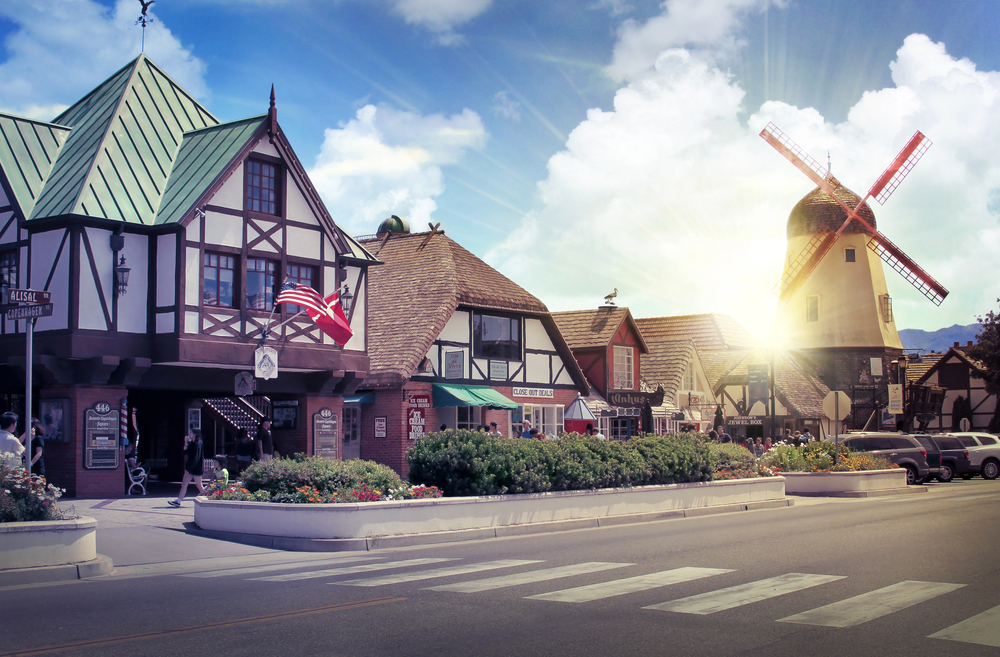
Danish heritage received the theme park treatment in this Santa Ynez Valley town where windmills, half-timbered buildings, and a replica of Copenhagen’s Round Tower create an unexpected Nordic landscape. Beyond the tourist-focused Danish pastry shops lies a serious wine community producing excellent Pinot Noir and Chardonnay.
The town strikes a delicate balance between authentic Danish traditions and kitsch, with annual festivals celebrating both cultural heritage and agricultural bounty.
Like Travel Pug’s content? Follow us on MSN.
Boonville
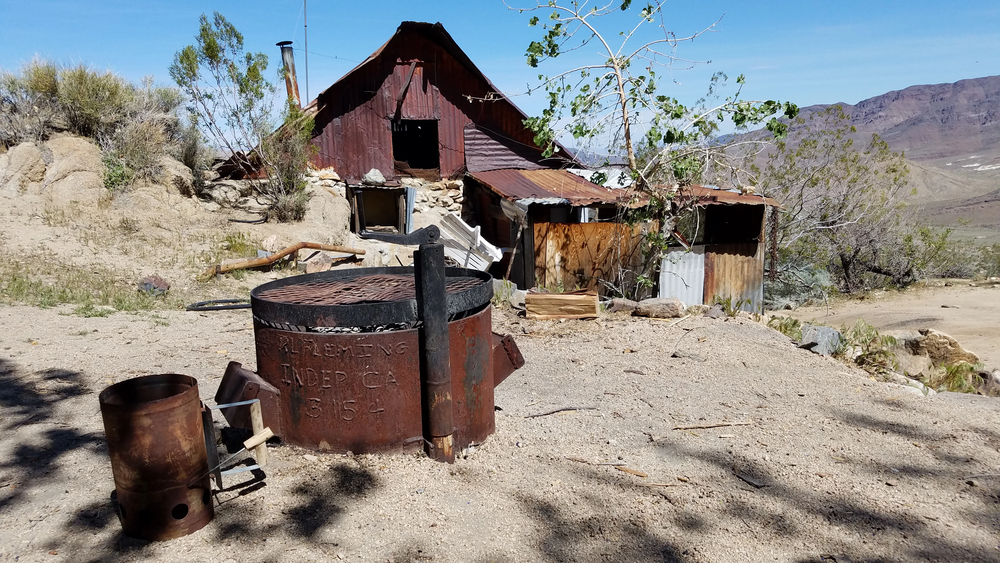
Isolation led residents of this Anderson Valley town to develop their own language—Boontling—with words like ‘apple head’ (girlfriend) and ‘bright lighter’ (city person) still occasionally heard among old-timers. The town balances agricultural traditions with new influences from organic farms and a renowned brewery.
The annual county fair features both traditional livestock competitions and modern sustainable farming demonstrations, capturing the community’s evolution.
Ojai
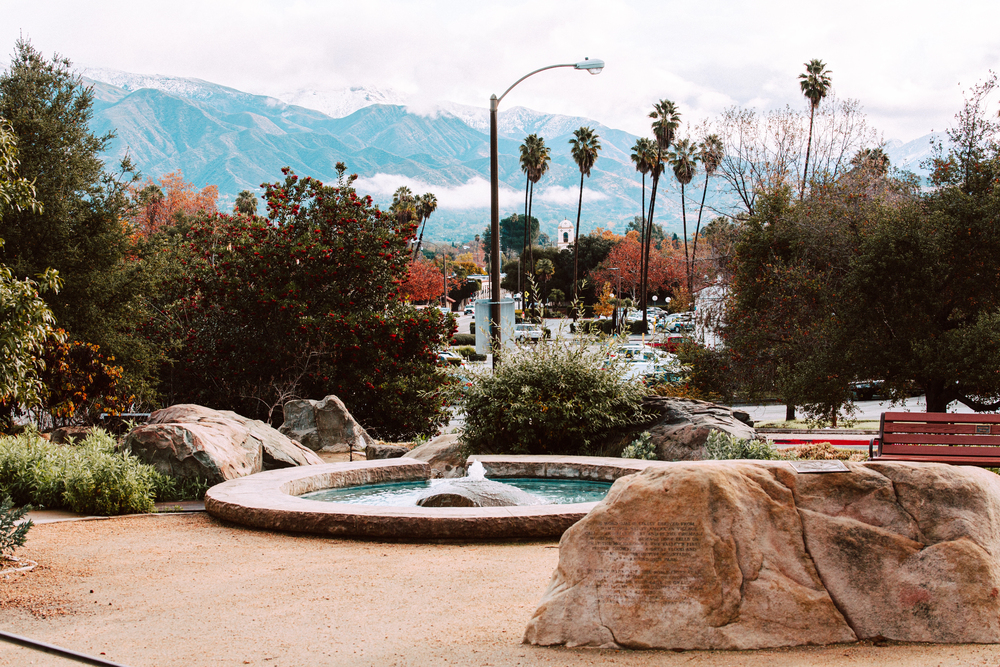
Spiritual seekers flock to this valley town where a rare ‘pink moment’ occurs at sunset as light reflects off the Topatopa Mountains. The town banned chain stores, creating a distinctive commercial district supporting local artisans and organic farmers.
Ojai embraces its reputation for metaphysical energy with crystal shops and meditation retreats alongside working olive ranches and citrus groves—blending mysticism with agriculture in a way unique to Southern California.
Nevada City
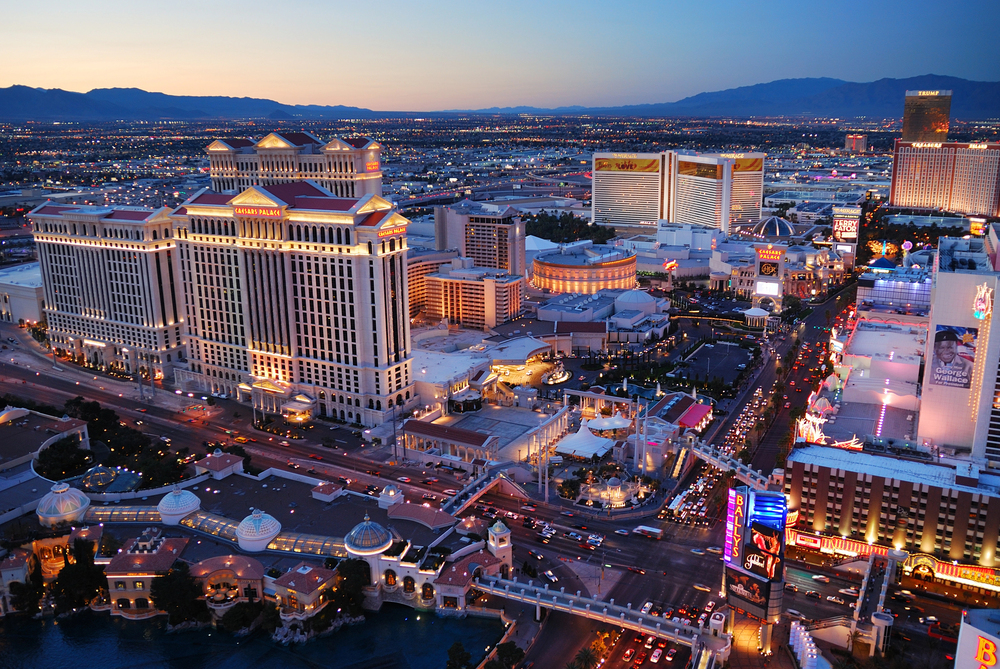
Gold Rush architecture houses a thriving arts community in Sierra Foothills, where Victorian buildings remain remarkably intact. The town balances historic preservation with progressive politics, maintaining 19th-century facades while implementing forward-thinking environmental policies.
Winter brings charming Victorian Christmas celebrations, while summer features an international documentary film festival that transforms historic venues into screening rooms for groundbreaking cinema.
Like Travel Pug’s content? Follow us on MSN.
Mendocino
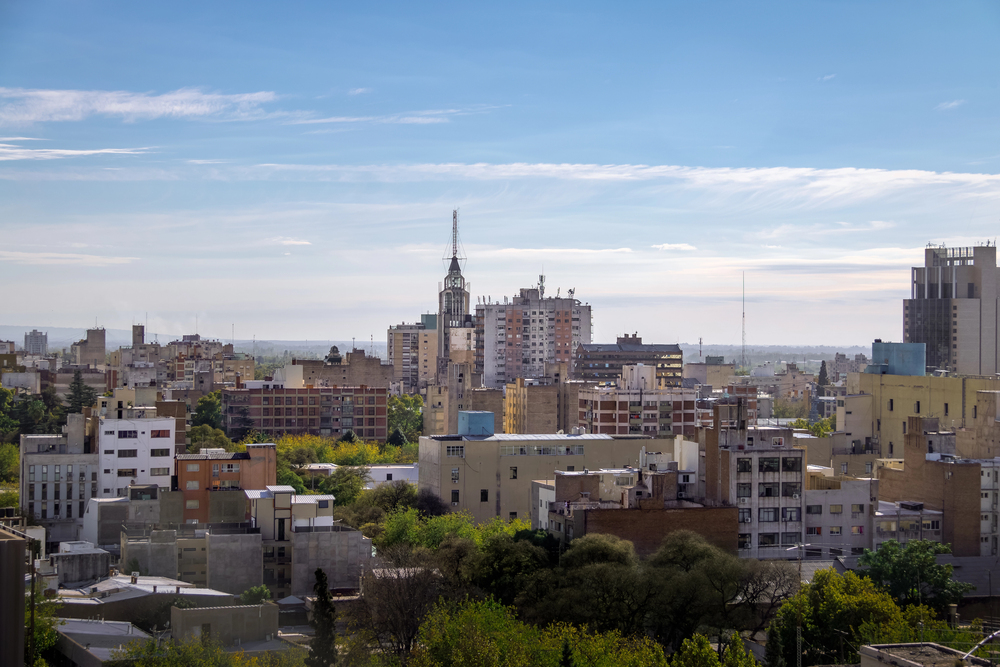
Artists and craftspeople transformed this former logging town into an enclave of galleries and gardens perched on spectacular coastal headlands. The distinctive water towers—originally built for fire protection—now serve as unique vacation rentals offering bird’s-eye views of the town and ocean.
Mendocino’s pristine preservation led to its selection as a stand-in for New England in numerous films and television shows, creating an economy that balances tourism with authentic artistic production.
Julian
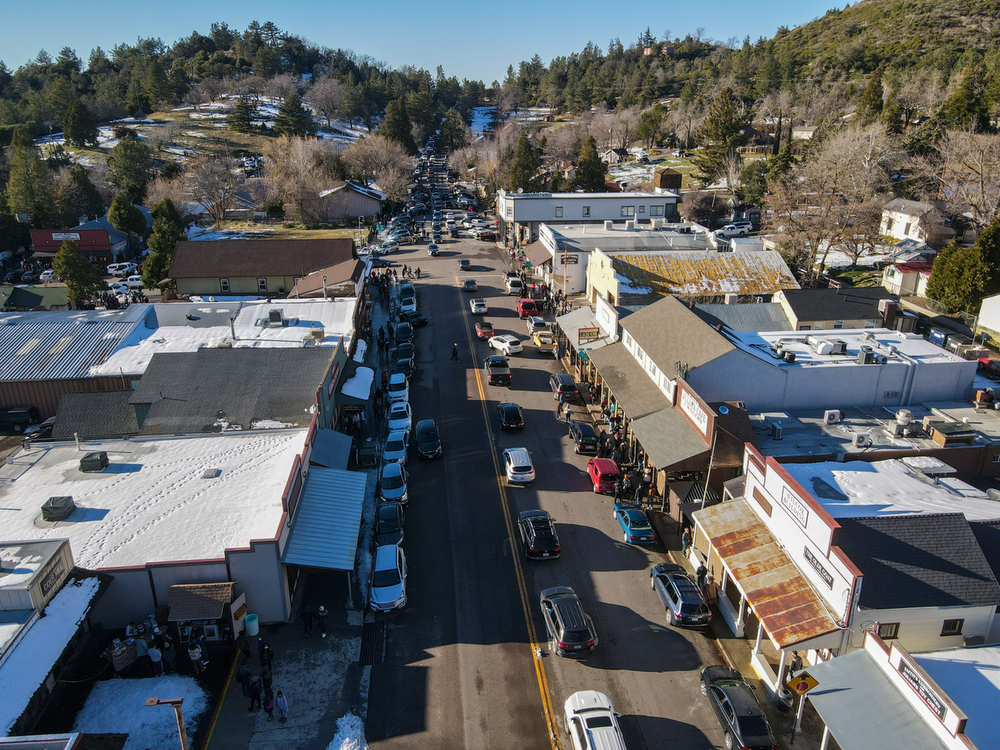
Apple pies fuel the economy of this former gold mining town nestled among oak woodlands in San Diego County. The town experiences four distinct seasons—rare in Southern California—with autumn apple harvests and occasional winter snow creating unexpected experiences for visitors from the coast.
Historic preservation efforts maintain Julian’s distinctive character despite its proximity to rapidly growing San Diego, with designated landmarks, including California’s first free public library, built during the gold rush era.
Calipatria
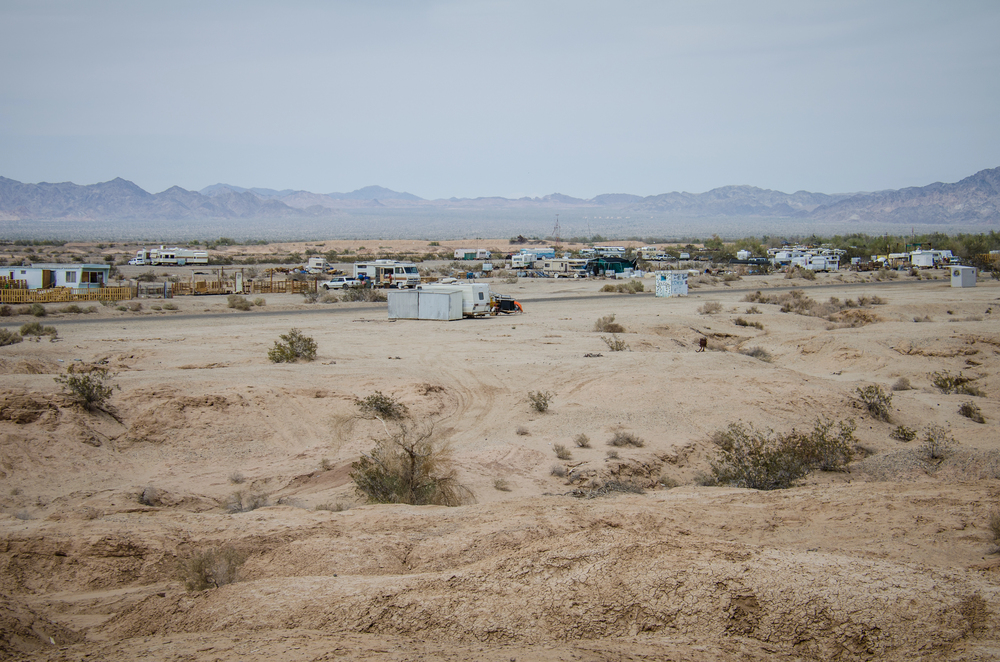
This Imperial Valley agricultural community sits 180 feet below sea level yet boasts the “tallest flagpole in America”—technically standard height, but tall enough that the flag flies above sea level. The town relies on a complex system of dikes and pumps to prevent flooding, creating an existence dependent on continuous engineering.
Residents primarily work in agriculture or at the state prison, creating an economy that fluctuates with agricultural prices and state budgets.
Like Travel Pug’s content? Follow us on MSN.
Occidental
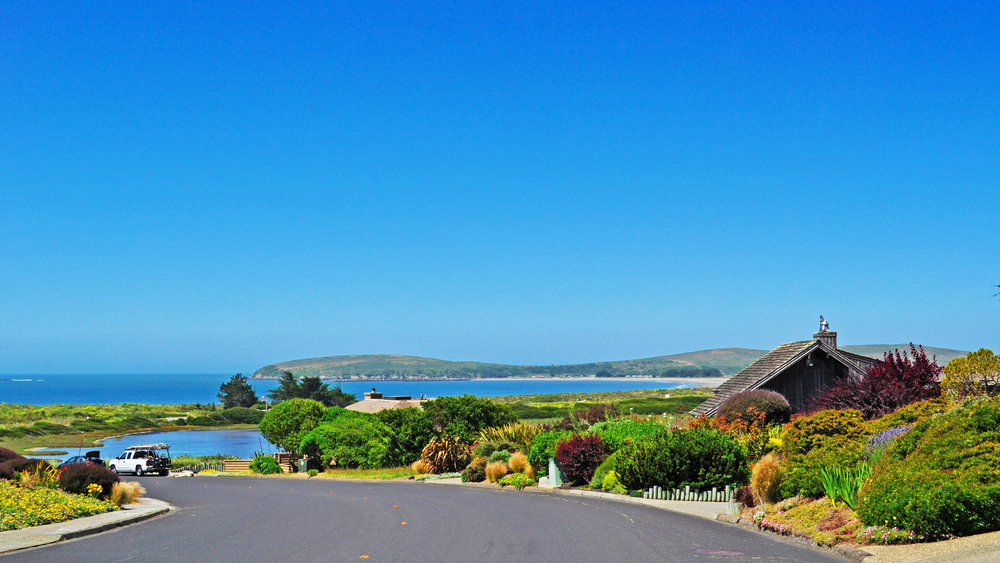
Founded as a railroad stop, this tiny community in western Sonoma County maintains an outsized culinary reputation thanks to two competing Italian restaurants established in the early 1900s. The town’s single main street features remarkably preserved wooden buildings housing eclectic businesses, many operating on limited schedules that bewilder first-time visitors.
Surrounded by redwoods and influenced by nearby coastal communities, Occidental maintains an atmosphere that blends Northern California hippie sensibilities with traditional rural values.
Parkfield
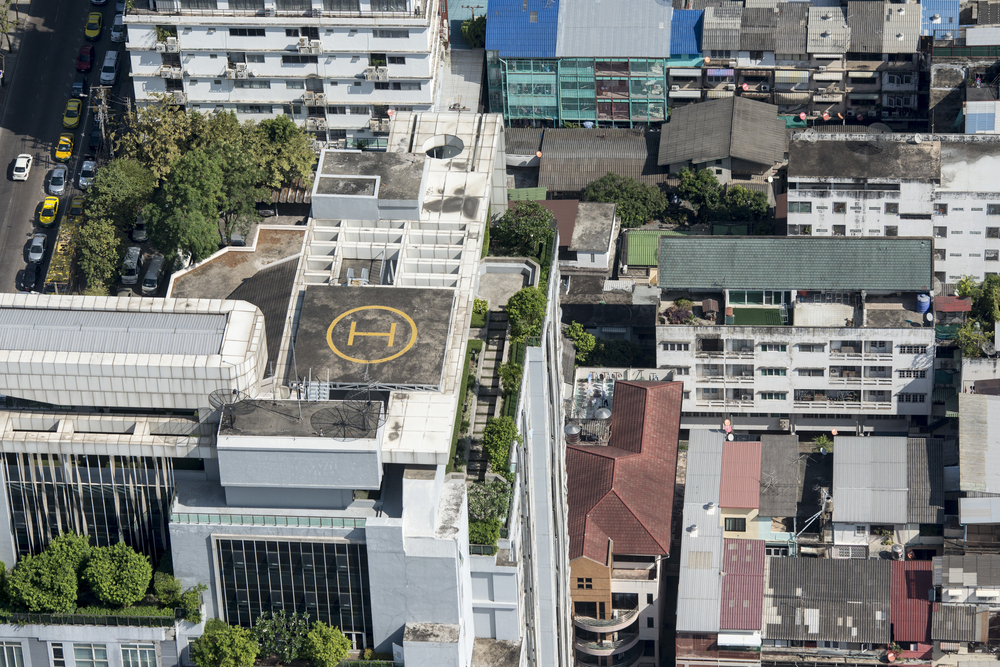
Marketing itself as the “Earthquake Capital of the World,” this tiny community sits directly atop the San Andreas Fault and hosts an array of scientific equipment monitoring seismic activity. The town’s population—about 18 people—swells dramatically during the biennial earthquake festival or when researchers arrive to check instruments.
The town’s slogan—”Be here when it happens”—appears on everything from t-shirts to coffee mugs, embracing a phenomenon most Californians prefer to ignore.
Capitola
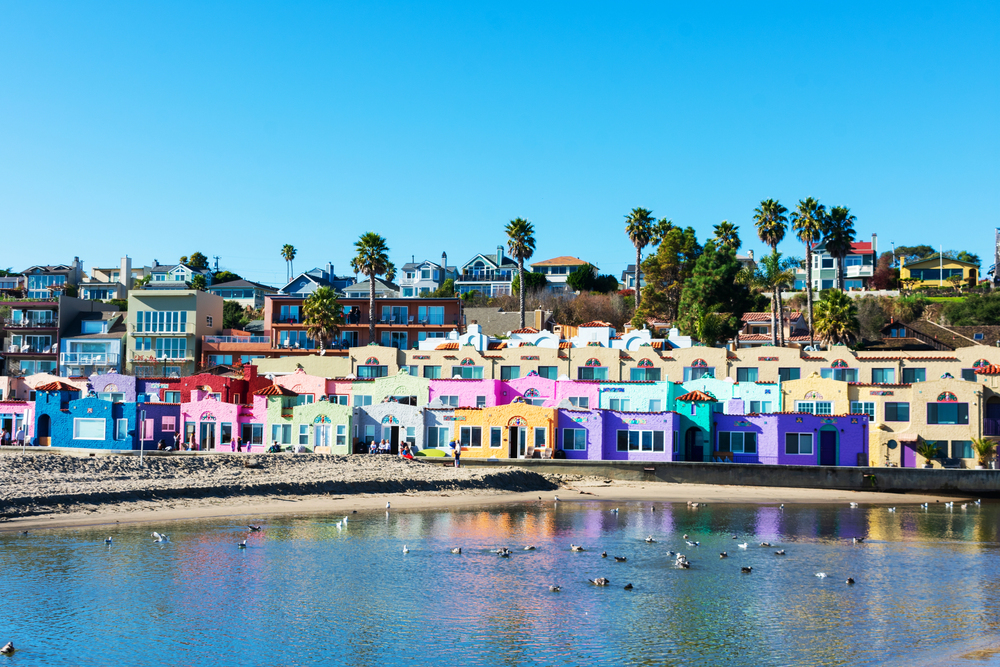
Colorful Mediterranean-inspired cottages line the beachfront in California’s oldest seaside resort town, where a distinctive village atmosphere persists despite its proximity to Santa Cruz. Winter storms occasionally flood the village, and residents accept this risk as part of life in this unique coastal community.
The town transforms seasonally from a local surf spot to a tourist haven, with longtime residents maintaining traditions like outrigger canoe racing and community art projects that connect past to present.
Like Travel Pug’s content? Follow us on MSN.
Bodega Bay
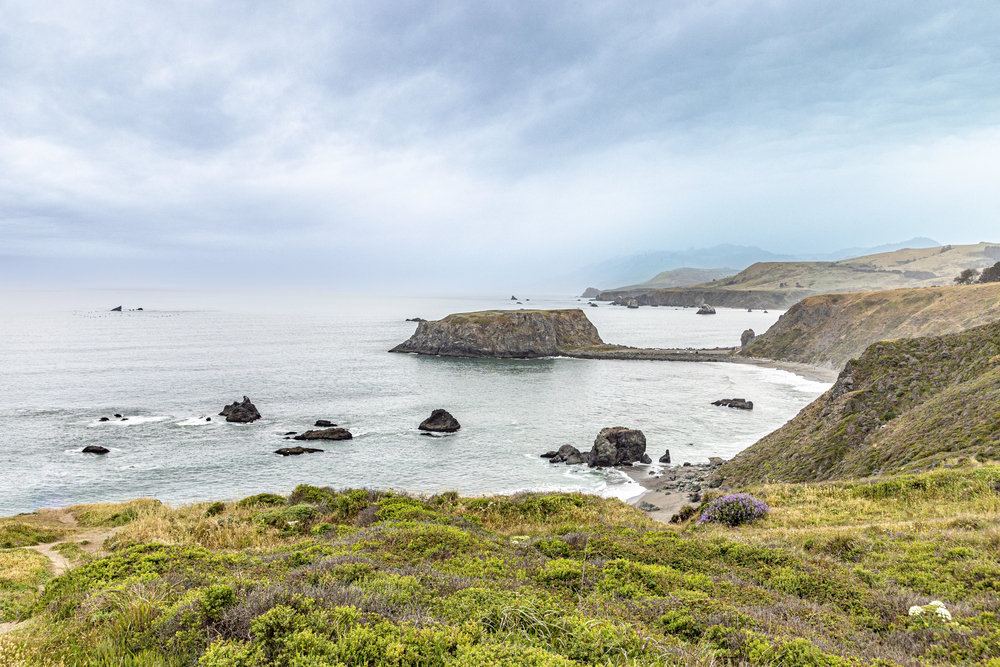
Hitchcock’s “The Birds” transformed this working fishing village into a pop culture landmark, though the film actually combined locations from both Bodega Bay and neighboring inland Bodega. The harbor still hosts an active commercial fishing fleet specializing in Dungeness crab and salmon when available.
Residents embrace the horror film connection while maintaining authentic maritime traditions, creating a community where fishing gear and movie memorabilia coexist in local establishments.
Murphys
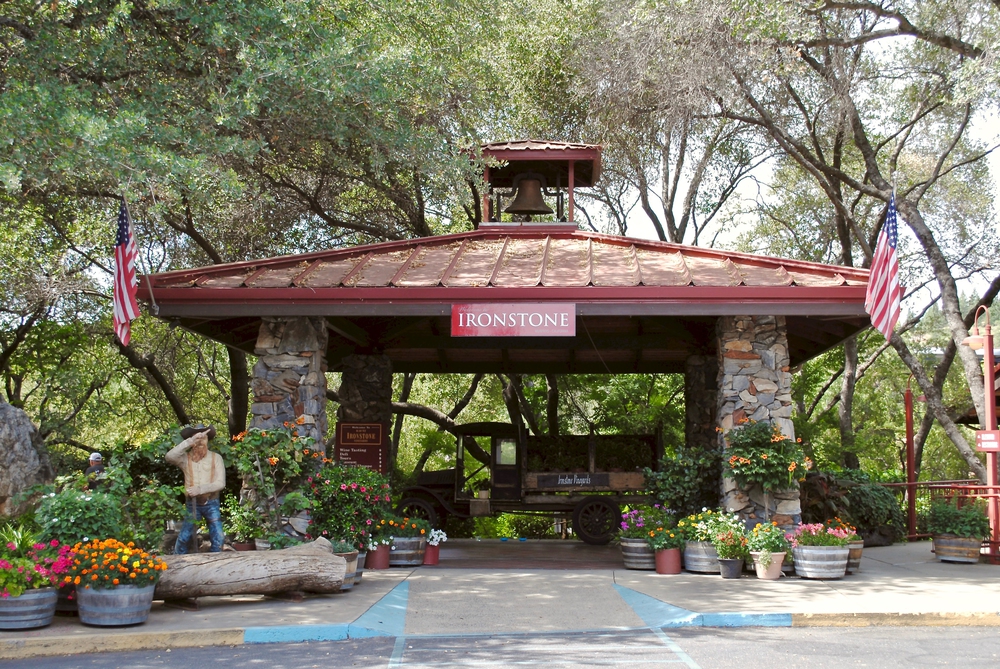
Gold Rush wealth created a surprisingly sophisticated outpost in this town of Sierra foothills, where grand historic buildings now house tasting rooms for over two dozen local wineries. The town balances its mining heritage with contemporary wine culture, maintaining historic sites like the old jail alongside upscale culinary offerings.
Natural limestone caves nearby feature otherworldly formations, adding geological wonders to the town’s attractions.
Amador City
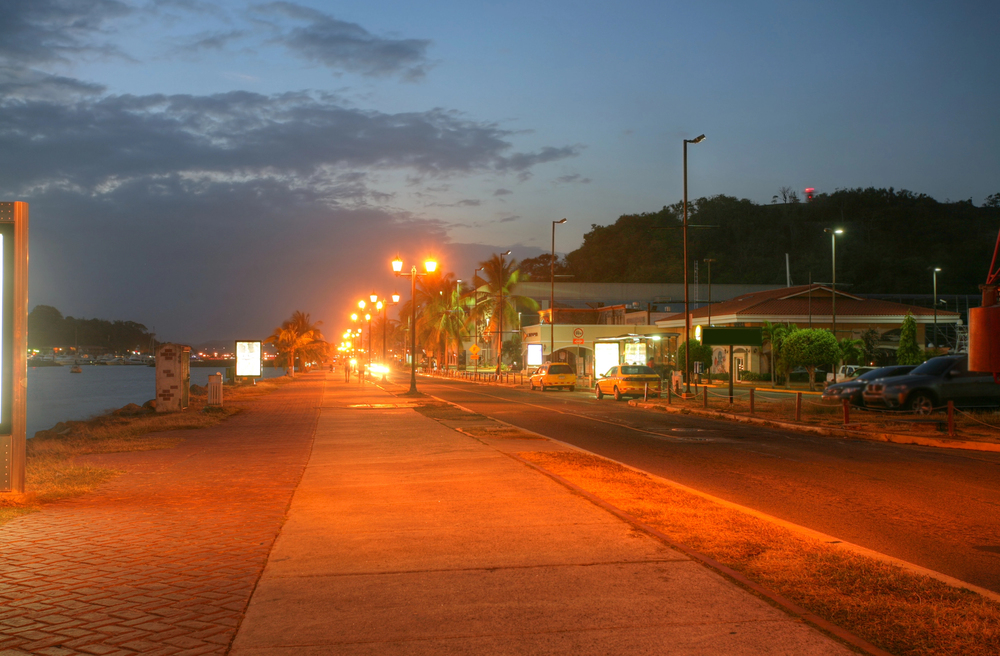
California’s smallest incorporated city by area (less than one square mile) packs history into its tiny footprint. The town’s preserved main street features buildings constructed of locally quarried stone, creating a distinctive architectural character.
With fewer than 200 residents, the community maintains multiple museums documenting Amador’s contributions to California’s development, from mining innovations to agricultural transformations.
Like Travel Pug’s content? Follow us on MSN.
The California Beyond Stereotypes
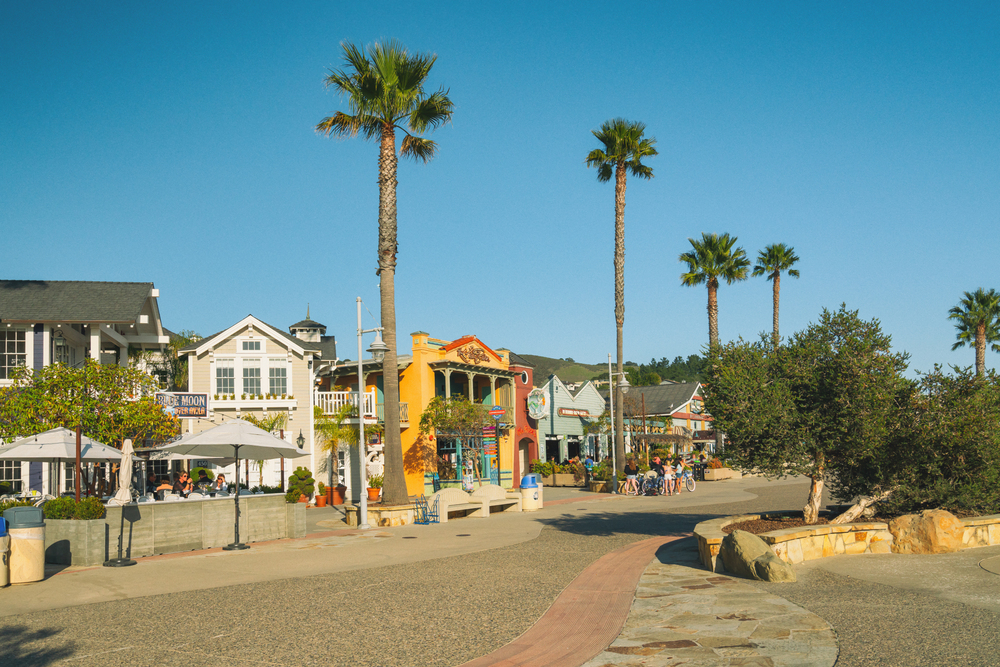
These twenty towns reveal a California that exists beyond familiar stereotypes and Instagram landmarks—communities shaped by geological oddities, historical accidents, and distinctive characters drawn to life at the edges. They remind us that beneath the glossy veneer of California’s global image lies a more complex story written in mining claims, agricultural cycles, artistic visions, and human eccentricity.
The real California reveals itself in these small towns, where mainstream culture is reinvented through isolation, necessity, or simply the magnetic pull of unusually beautiful landscapes on unusually independent minds. These communities don’t just preserve California’s past—they actively reimagine its future on their own unconventional terms.
More from Travel Pug

- Cities Growing so Fast You Won’t Recognize Them in 10 Years
- 13 Destinations Where Tourists Regularly Regret Their Trip
- 20 Obscure WWII Sites Even History Buffs Don’t Know About
- 10 Under-the-Radar Mountain Towns That Are Both Affordable and Beautiful
- Remote Villages in Europe Where You Can Live for Free in Exchange for Work
Like Travel Pug’s content? Follow us on MSN.
